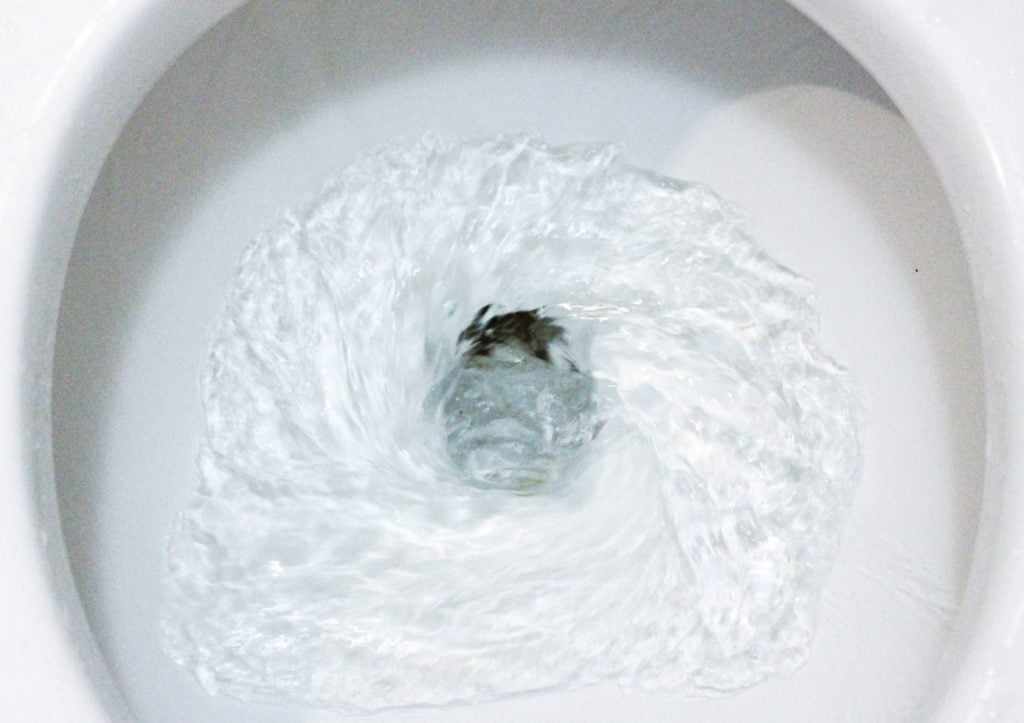
How Much Water Does a Running Toilet Use
It could be that you just got your water bill and have noticed a spike in usage, increasing the amount you owe. Or you may have heard the constant sound of water trickling while trying to sleep. Or, maybe the floor in your bathroom is damp, or there is visible water. Whatever brought your plumbing issue to light, be mindful that a running toilet can change from simply annoying to damaging, wasteful, and expensive.
A running toilet usually occurs when the water flowing from the tank to the bowl never triggers a shutoff, prompting a continuous flow. This small trickle can use as much as 3 gallons per minute! Think about the thousands of gallons of water that can go down the toilet daily! The impact can be both financial and environmental, considering that every home, apartment, and business has at least one toilet.
Factors Affecting Water Usage from a Running Toilet
Several factors can affect the water usage in a running toilet. As toilets age, some parts may need to be repaired or replaced in order to keep them in top working condition. Identifying your plumbing issue is important but can be difficult to determine since some leaks are silent until the damage is already done.
Type of Toilet and Flush Valve
The type of toilet can determine the type of flush valve in the tank. Generally, toilet flush valves come in two formats: the tower or canister-style and dual flush valves. The flush valve is responsible for releasing water that is in the tank to the toilet when flushed. Over time, the flush valve seal can deteriorate either from mineral buildup, chemicals, or age. If it is not working properly, the valve does not close, and water continues to run into the tank.
Leaks in the Tank or Bowl
If your toilet leaks water from the bowl onto the floor, there could be a fracture, a defective wax ring, corroded water lines, or loose flange bolts. There could also be leakage from the tank into the bowl if the parts inside your tank malfunction. Inside the tank, the fill valve responsible for shutting off the water when it goes into the tank could be faulty due to worn-out parts or mineral deposits. If the float is damaged or improperly adjusted, it can also cause the tank water to continue to run.
Continuous Flow from Flapper Valve
When the flapper or rubber ring fails to seal properly, water will continue to run until the tank overflows. This is a common occurrence when the flapper is installed incorrectly or is worn.
Water Pressure Problems
Some homes have higher than normal water pressure, and although great pressure may be great when you are in the shower, it can cause damage to plumbing, including toilets. If your home has unusually high water pressure, a pressure-reducing valve may be needed to prevent damage.
How to Reduce Water Usage From a Running Toilet?
There are several things that you can proactively do to reduce water usage from a running toilet. Be vigilant. If you can hear water running, investigate it immediately. Do routine inspections to determine if there is mineral buildup or wear to parts. Keep an eye on water usage.
But what if you are away at work all day? Your toilet could be running all day long. You could have leaks and damage before you even get home from work. Or you can install aquaHALT in your bathroom. aquaHALT is a battery-operated, easy-to-install water detection system that can detect leakage and shut off the water source.
There is no need to call a plumber, and no worries about losing power, aquaHALT will automatically signal an alert while it simultaneously shuts off the source of the water, saving you from extensive damage and repairs. Plus, you will conserve hundreds, if not thousands, of gallons of water.
Take Action Now: Save Water and Money with aquaHALT from water AUTOMATION
Are you tired of wasting water, (and worrying that a toilet leak is inevitable to happen?)
Introducing aquaHALT from water AUTOMATION – a revolutionary system that helps property owners save water, and prevent costly property damage. With its advanced technology, aquaHALT detects leaks and exposes defective parts within your toilet. Imagine the peace of mind knowing that you are safe from property damage while conserving water. With aquaHALT, you can effortlessly identify leaks early on, optimize efficiency, and prevent damage.
It’s time to take control of your water consumption, reduce leaks, and start saving money! Don’t wait. Conserving water and saving money is easy with aquaHALT from water AUTOMATION. Contact us to learn more and get started on your journey to a more sustainable future.
Image Source: Am.p / Shutterstock
